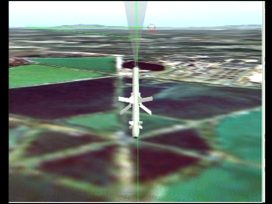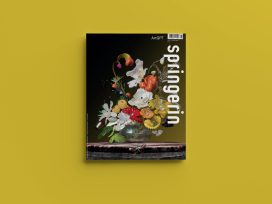Editorial "Springerin" 4/2004
Present-day culture seems to be heading at top speed towards a complete reformatting of media. Or at least that is what the ideologists of the new media and virtual future worlds would have us believe. The digital system has started to assert itself as the smallest common cultural unit in many different arenas, be it in the constant expansion of the info-sphere or in the revamping of all previous storage systems.
Reason enough to enquire after the continuance of “old” methods of recording, representation, and archiving. It is not simply that the written and audio-visual stores of the past remain an essential precondition for neo-conceptual and other (culturo-) historical artistic practices: a genealogy of media also assigns them an indispensable role in any kind of sophisticated understanding of the present. An in-depth look at the history of algorithmic elements in art (Yvonne Volkart), for example, helps reveal the critical potential of this genealogy. At the theoretical level, this corresponds to the paradigm of the archaeological, whose scope and relevance in the face of changing social conditions are dealt with here (Krystian Woznicki).
In this issue, we also aim to give a brief survey of the purported anachronisms that live on in what seem to be the most advanced artistic practices. This does not only go for the medium of drawing, which has achieved a new relevance in unexpected contexts (Ana Peraica). In the field of film, too, one has to ask – particularly in view of growing virtualization – what the prerequisites are for a critically constructive relationship to history and the present day. Interviews with the filmmakers Jean-Pierre Gorin and Azza El-Hassan about the options available in political cinema underline this issue, as do the radical, experimental practices of the filmmaker James Benning.
Finally, the “old medium” of the museum – in this case the global enterprise Guggenheim – is subjected by the artist Hans Haacke to an examination based on institutional critique. Articles like this one, as well as many other contributions in this issue, show clearly what different temporalities are woven into both the most modern, and the seemingly most outdated, artistic media.
Published 24 December 2004
Original in German
Contributed by Springerin © Springerin Eurozine
PDF/PRINTNewsletter
Subscribe to know what’s worth thinking about.



